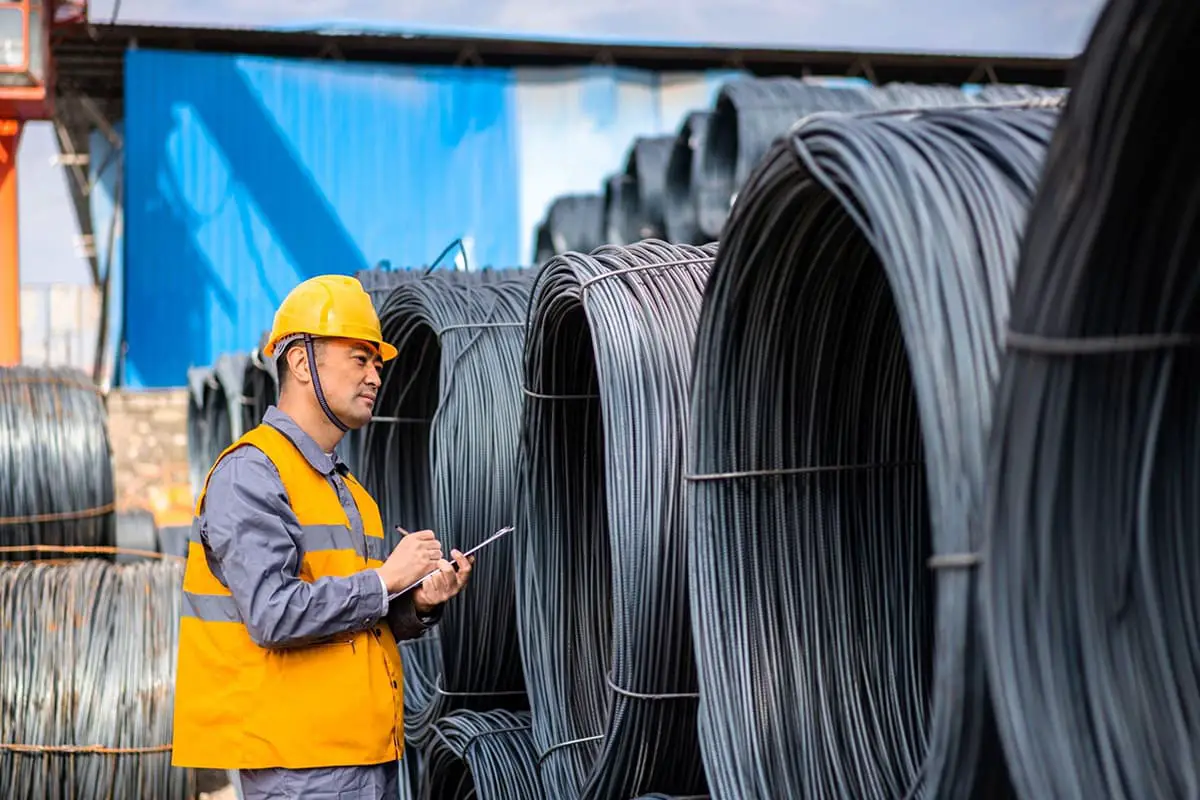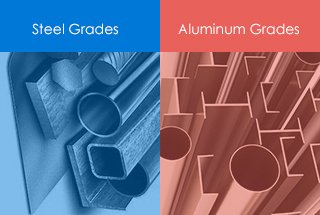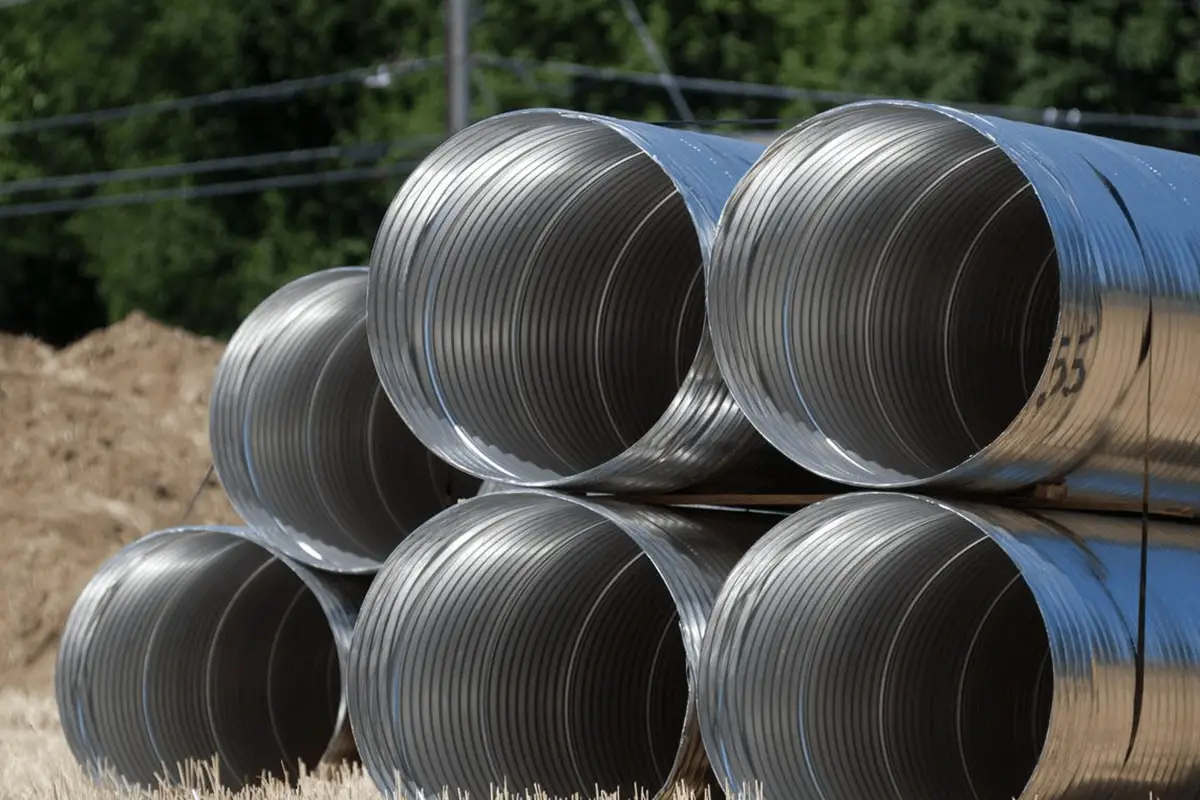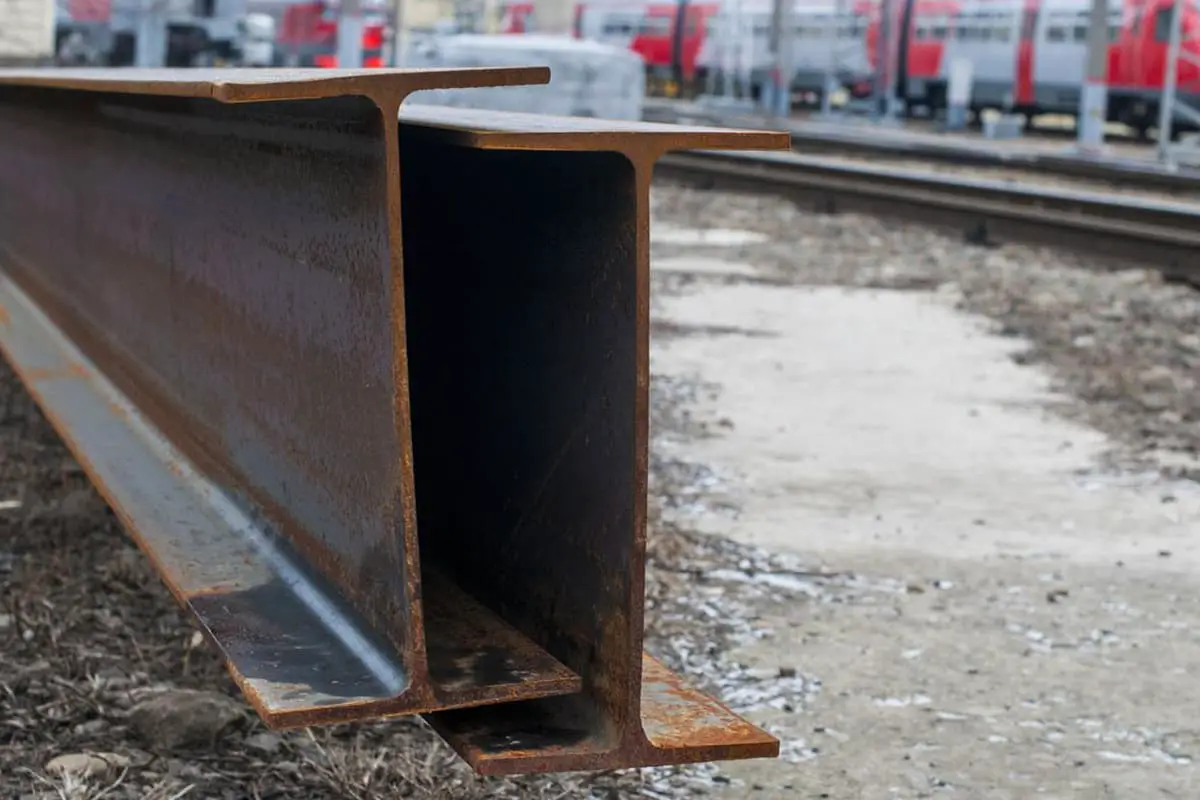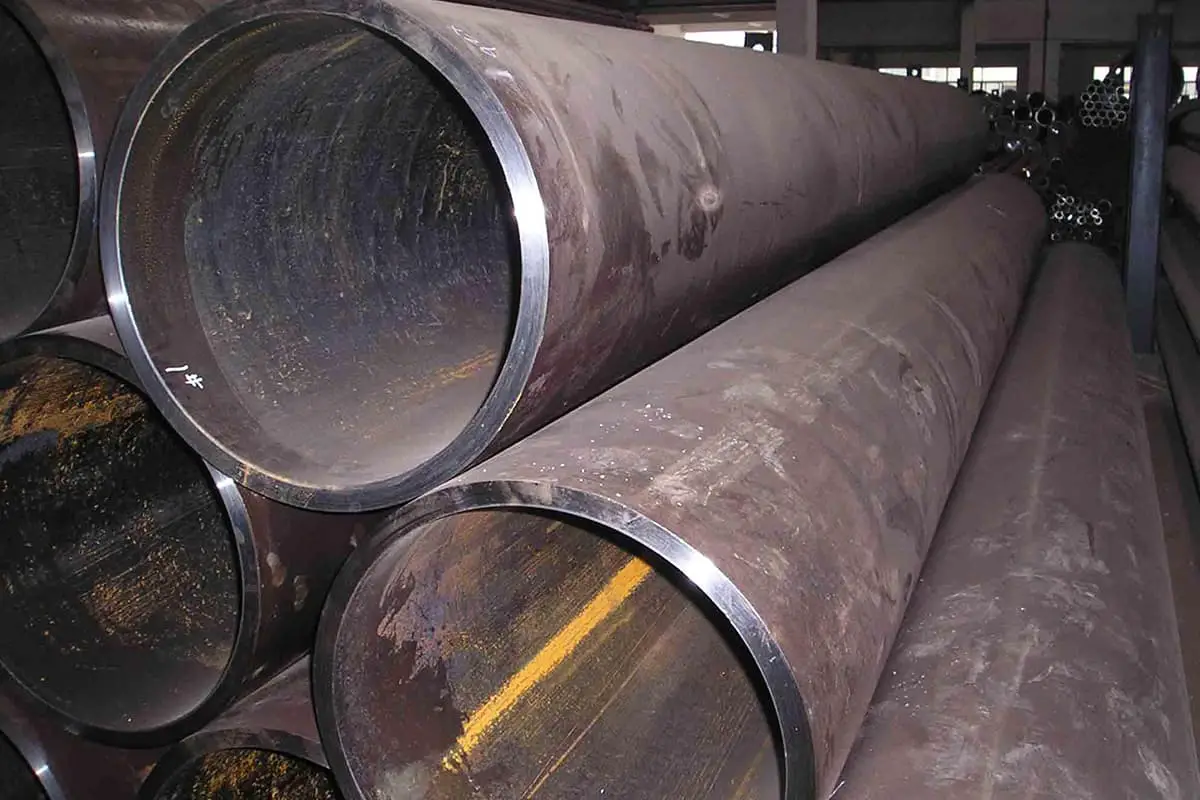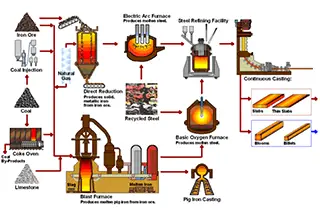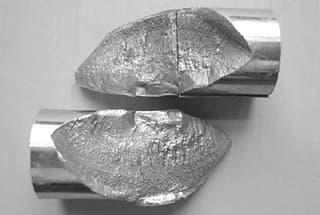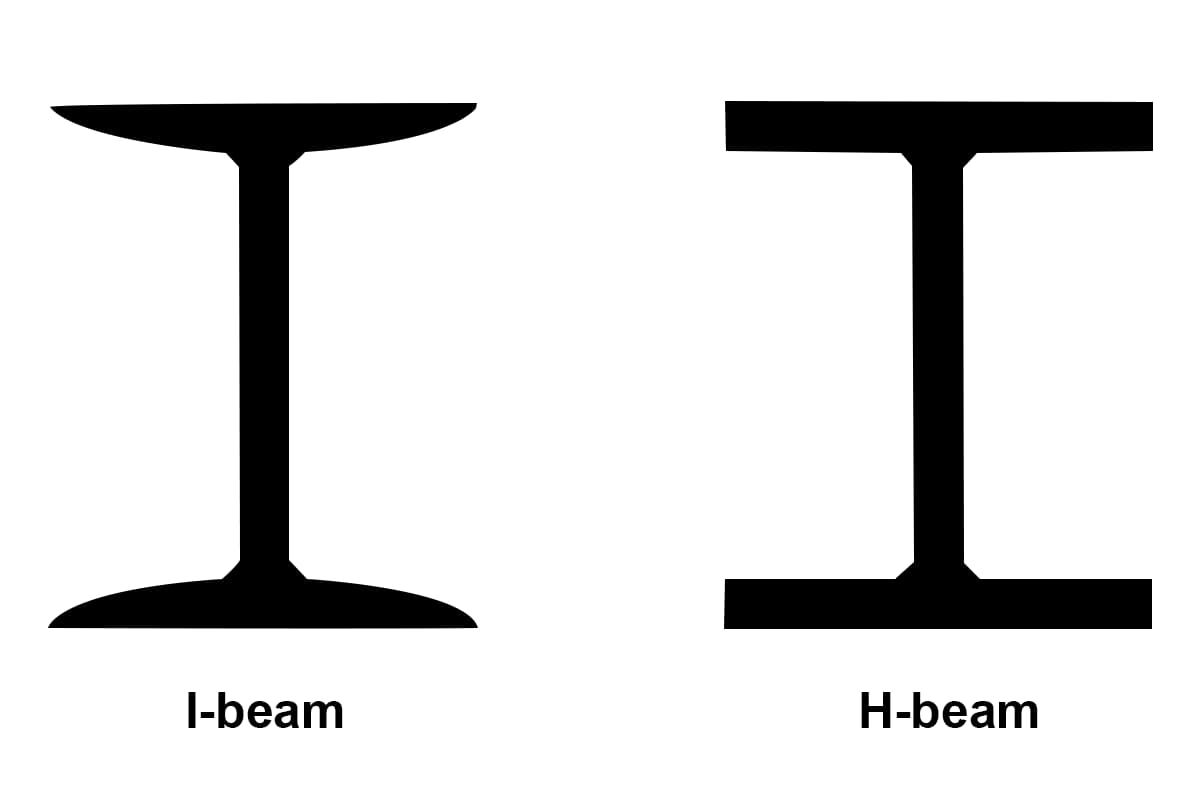
Why do engineers often debate between ASTM A36 and Q235B steel? This article explores the key differences between these two widely used materials. It delves into their varying yield points, tensile strengths, and elemental compositions, providing a clear comparison. By reading further, you will understand the specific characteristics that make each material unique and how these differences can impact their application in construction and manufacturing.
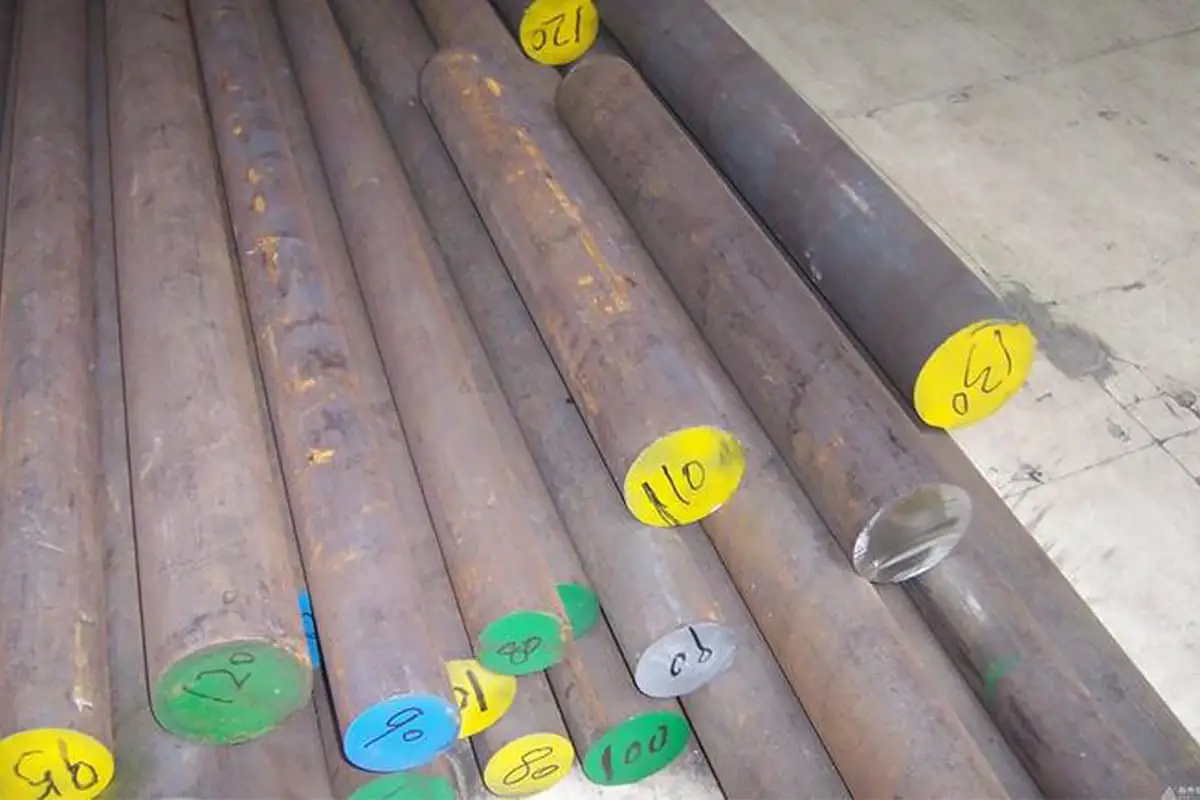
A36 is similar to Q235B, but there are differences between A36 and Q235B as follows:
1. Different yield points (A36 = 250MPa, Q235B = 235MPa);
2. Different tensile strengths (A36 = 400-550MPa, Q235B = 375-500MPa);
3. Different requirements for element content: (A36: C≤0.25%, Si≤0.4%, P≤0.04%, S≤0.05%; Q235B: C=0.12-0.2%, Si≤0.3, P≤0.045%, S≤0.045%).
Q235 has requirements for manganese content (Mn = 0.30-0.70%), while A36 has no requirements for manganese content.
If only comparing the mechanical properties of the materials, A36 is considered to have similar mechanical properties to high-quality carbon structural steel 20#. The tensile strength of 20# steel is not less than 410, and the yield strength is not less than 245, which is similar to the mechanical properties of A36.

1. Different standardization organizations:
A36 is a material standard of the American Society of Mechanical Engineers (equivalent to ASTM specifications), SS400 is a material standard of the Japanese Industrial Standards (JIS G3101), and Q235 is a material standard of the Chinese National Standards (GB700).
2. Different chemical compositions:
Chemical composition comparison table for A36, SS400, and Q235:
In A36, the content of Mn element is not used due to different plate thicknesses (or round steel diameters). For thicknesses below 20mm, Mn is not included. Q235 has requirements for the content of C, Si, Mn, S, P, while SS400 only requires S and P to be less than 0.050, with no other requirements.
3. Different material mechanical properties:
The tensile strength of A36 is 58-80 Ksi (approximately 400-550MPa), and the yield strength is 36 Ksi (approximately 250MPa);
The tensile strength of Q235 is 370-500 MPa, and the yield strength is 235MPa;
The tensile strength of SS400 is 400-510 MPa, and the yield strength is 245MPa.
(Both SS400 and Q235 mechanical properties are given as examples for steel plate thicknesses less than 16mm.)
From the above data, it can be seen that the material names of ASME standard A36 and Chinese standard Q235 are based on the yield strength of the material, while SS400 is named based on the tensile strength of the material. From the analysis of material mechanical properties, A36 is equivalent to SS400, while Q235 is slightly inferior in terms of material properties.
4. Substitution of A36, SS400, and Q235:
Although Q235 has slightly inferior mechanical properties compared to A36 and SS400, in practical operations, as long as the owner does not explicitly require it, these three materials can often be used interchangeably.
If only comparing the mechanical properties of the materials, I believe that A36 and SS400 have similar mechanical properties to high-quality carbon structural steel 20#. The tensile strength of 20# steel is not less than 410, and the yield strength is not less than 245, which is similar to the mechanical properties of A36 and SS400.
| SEP | Grade of steel | Chemical composition mass fractions (%) | |||||
| C(≤) | Mn(≤) | Si(≤) | S(≤) | P(≤) | Cu(≤) | ||
| ASTM | A36 | 0.26 | – | 0.40 | 0.050 | 0.040 | 0.2 min |
| CHINA | Q235-A | 0.14~0.22 | 0.3~0.65 | 0.30 | 0.050 | 0.045 | |
| CHINA | Q135-B | 0.12~0.10 | 0.30~0.70 | 0.30 | 0.045 | 0.045 | |
| JIS | SS400 | – | – | 0.050 | 0.050 | ||

